In the vibrant world of urban culture, the lines between different forms of expression often blur, creating a dynamic interplay that drives creativity and innovation. One of the most compelling examples of this synergy is the relationship between urban art and streetwear fashion. Both deeply rooted in the spirit of rebellion and individuality, these two forms of art have influenced and inspired each other, creating a rich tapestry of style and expression that defines urban culture.
The Roots of Urban Art
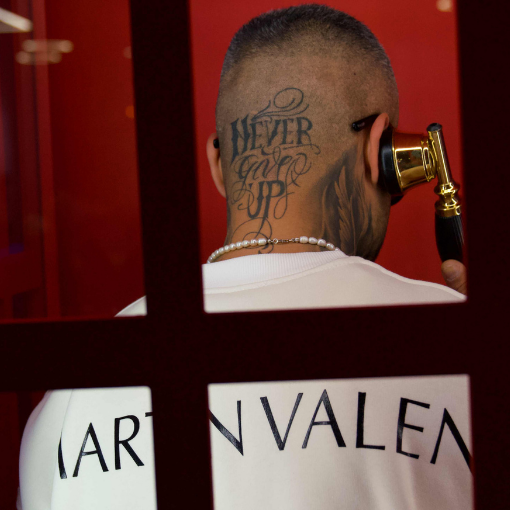
Urban art, encompassing graffiti, murals, and street art, has long been a powerful form of self-expression for marginalized communities. Originating in the 1960s and 70s in cities like New York and Los Angeles, graffiti started as a way for disenfranchised youth to make their mark on a society that often overlooked them. Tags, throw-ups, and intricate murals transformed urban landscapes into vibrant, living canvases, each piece telling a story of struggle, hope, and resilience.
The Rise of Streetwear
Similarly, streetwear emerged from the fringes of fashion, born out of the skateboard, surf, and hip-hop cultures of the late 20th century. It was a movement characterized by its rejection of mainstream fashion norms and its embrace of comfort, functionality, and authenticity. Brands like Stüssy, Supreme, and A Bathing Ape became the pioneers of this movement, creating clothing that resonated with the youth and reflected their urban lifestyle.
A Natural Convergence
The convergence of urban art and streetwear was almost inevitable. Both forms of expression thrive on the streets, drawing inspiration from the same urban environments and cultural movements. Streetwear brands like Martin Valen began to incorporate graffiti and street art into their designs, using bold graphics, vibrant colors, and distinctive tags to create clothing that was not just worn, but also seen as a statement piece.
Iconic Collaborations
One of the most notable examples of this symbiotic relationship is the collaboration between streetwear brands and urban artists. Take the partnership between Supreme and Jean-Michel Basquiat, for instance. Basquiat, a legendary figure in the art world known for his raw, expressive style, brought a unique edge to Supreme's collections, merging the worlds of high art and street fashion. Similarly, the collaboration between Adidas and Keith Haring, another iconic street artist, brought Haring's playful, instantly recognizable designs to a wider audience through apparel and footwear.
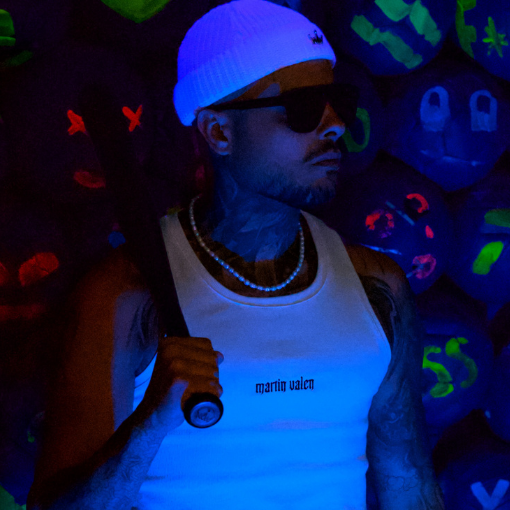
The Impact on Urban Aesthetics
These collaborations do more than just produce eye-catching clothing; they also help to elevate urban art, bringing it into the mainstream and allowing artists to reach new audiences. The visibility of street art on fashion items blurs the boundaries between high art and everyday wear, democratizing art and making it accessible to all.
The Future of Urban Art and Streetwear
As we look to the future, the relationship between urban art and streetwear shows no signs of slowing down. The rise of digital art and social media platforms has only amplified the reach and influence of urban artists, while streetwear continues to dominate the fashion industry with its innovative designs and cultural relevance.
For Martin Valen, embracing this symbiotic relationship means not only drawing inspiration from urban art but also supporting and collaborating with street culture. By doing so, we celebrate the spirit of creativity and individuality that defines both streetwear and urban art, continuing to push the boundaries of fashion and culture.
Conclusion
The relationship between urban art and streetwear is a testament to the power of creativity and cultural expression. By embracing and celebrating this connection, brands like Martin Valen can continue to innovate and inspire, staying true to the roots of urban culture while looking forward to the future.


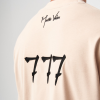

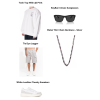

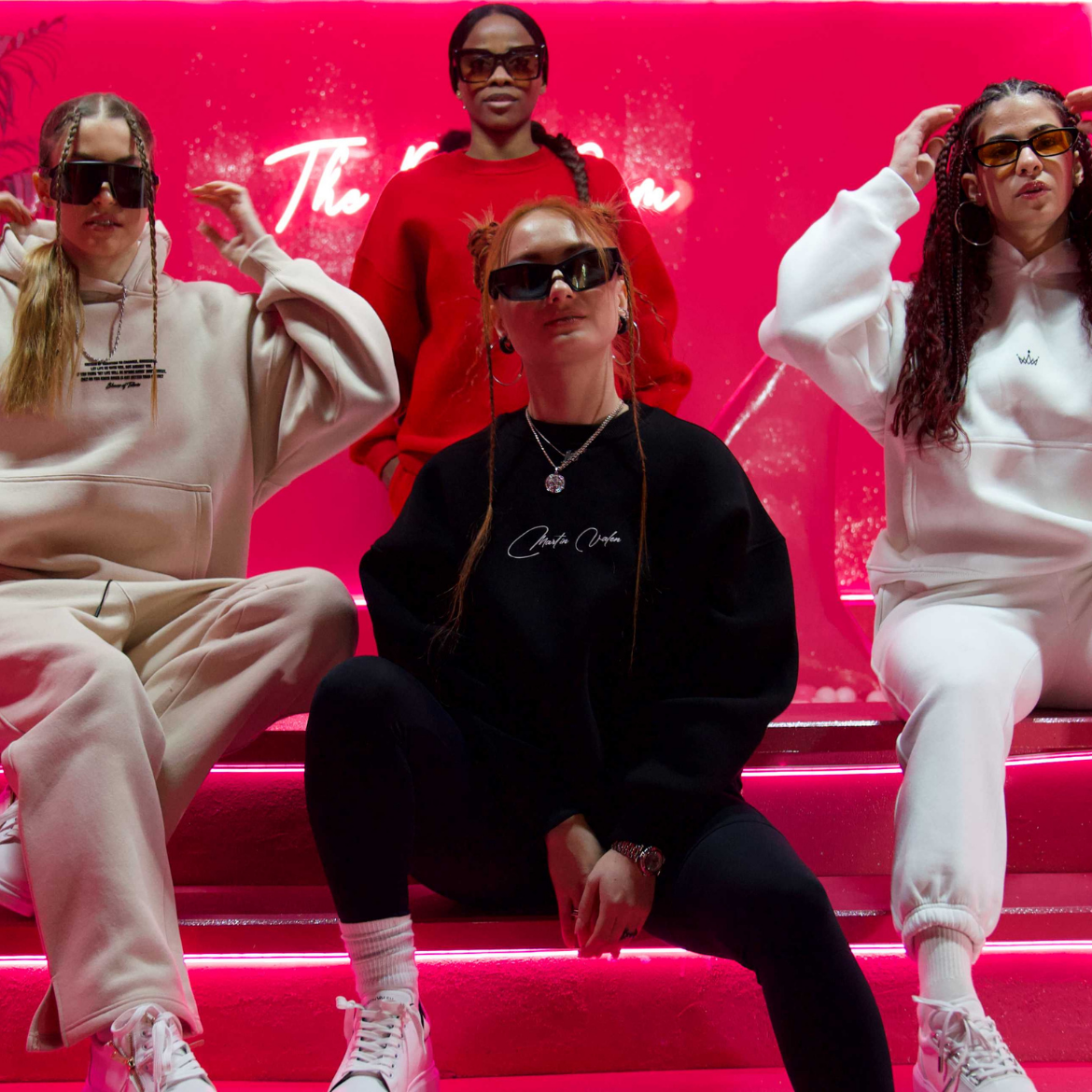
Submit comment Cancel Reply